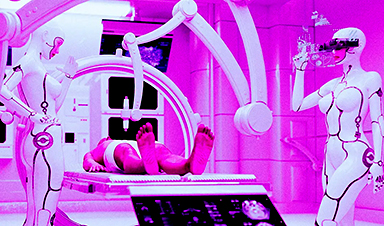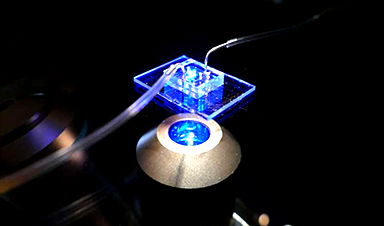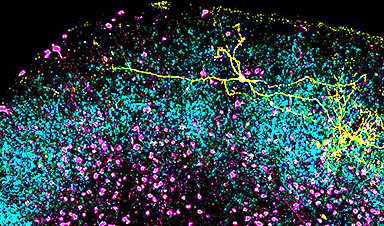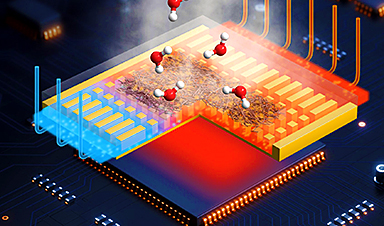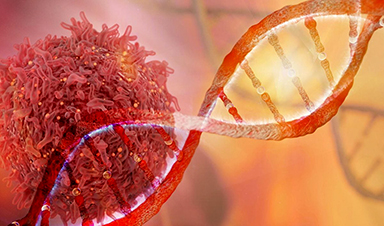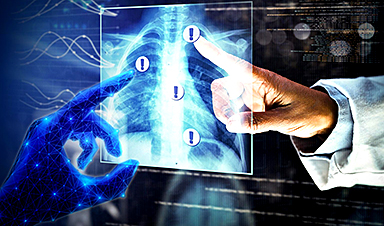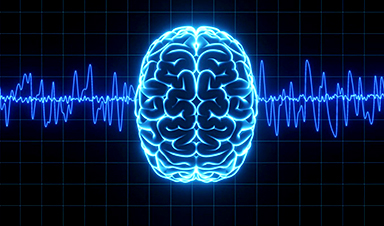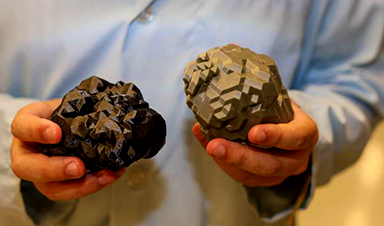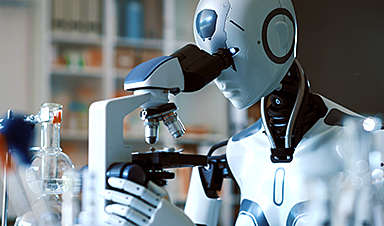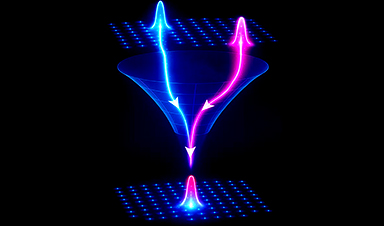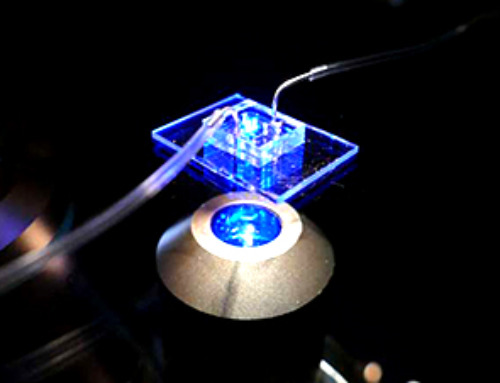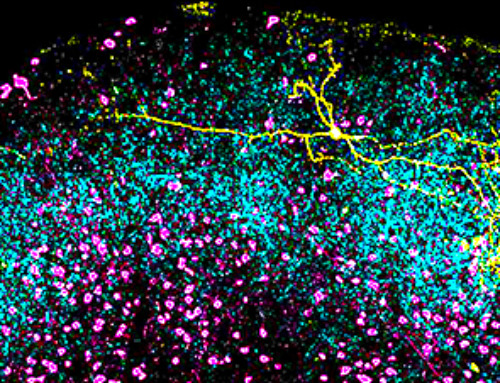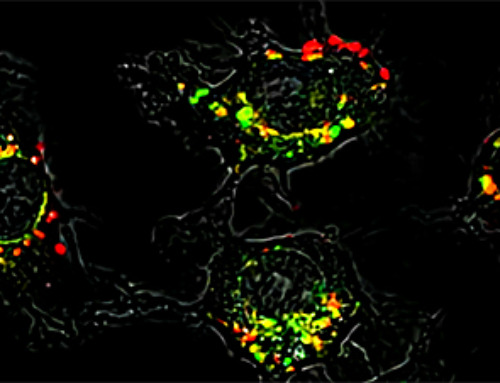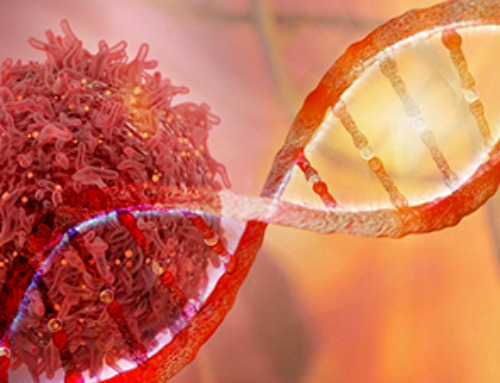Doctors experimenting with AI tools to help diagnose patients is nothing new. But getting them to trust the AIs they’re using is another matter entirely.
To establish that trust, researchers at Cornell University attempted to create a more transparent AI system that works by counseling doctors in the same way a human colleague would — that is, arguing over what the medical literature says.







Their resulting study, which will be presented at the Association for Computing Machinery Conference on Human Factors in Computing Systems later this month, found that how a medical AI works isn’t nearly as important to earning a doctor’s trust as the sources it cites in its suggestions.
“A doctor’s primary job is not to learn how AI works,” said Qian Yang, an assistant professor of information science at Cornell who led the study, in a press release. “If we can build systems that help validate AI suggestions based on clinical trial results and journal articles, which are trustworthy information for doctors, then we can help them understand whether the AI is likely to be right or wrong for each specific case.”
“We built a system that basically tries to recreate the interpersonal communication that we observed when the doctors give suggestions to each other, and fetches the same kind of evidence from clinical literature to support the AI’s suggestion,” Yang said.
The AI tool Yang’s team created is based on GPT-3, an older large language model that once powered OpenAI’s ChatGPT. The tool’s interface is fairly straightforward: on one side, it provides the AI’s suggestions. The other side contrasts this with relevant biomedical literature the AI gleaned, plus brief summaries of each study and other helpful nuggets of information like patient outcomes.
So far, the team has developed their tool with three different medical specializations: neurology, psychiatry, and palliative care. When the doctors tried the versions tailored to their respective field, they told the researchers that they liked the presentation of the medical literature, and affirmed they preferred it to an explanation of how the AI worked.
Either way, this specialized AI seems to be faring better than ChatGPT’s attempt of playing the doctor in a larger study, which found that 60 percent of its answers to real medical scenarios disagreed with human experts’ opinions or were too irrelevant to be helpful.
But the jury is still out on how the Cornell researchers’ AI would hold up when subjected to a similar analysis.
Overall, it’s worth noting that while these tools may be helpful to doctors who have years of expertise to inform their decisions, we’re still a very long way out from an “AI medical advisor” that can replace them.
News
Lipid nanoparticles discovered that can deliver mRNA directly into heart muscle cells
Cardiovascular disease continues to be the leading cause of death worldwide. But advances in heart-failure therapeutics have stalled, largely due to the difficulty of delivering treatments at the cellular level. Now, a UC Berkeley-led [...]
The basic mechanisms of visual attention emerged over 500 million years ago, study suggests
The brain does not need its sophisticated cortex to interpret the visual world. A new study published in PLOS Biology demonstrates that a much older structure, the superior colliculus, contains the necessary circuitry to perform the [...]
AI Is Overheating. This New Technology Could Be the Fix
Engineers have developed a passive evaporative cooling membrane that dramatically improves heat removal for electronics and data centers Engineers at the University of California San Diego have created an innovative cooling system designed to greatly enhance [...]
New nanomedicine wipes out leukemia in animal study
In a promising advance for cancer treatment, Northwestern University scientists have re-engineered the molecular structure of a common chemotherapy drug, making it dramatically more soluble and effective and less toxic. In the new study, [...]
Mystery Solved: Scientists Find Cause for Unexplained, Deadly Diseases
A study reveals that a protein called RPA is essential for maintaining chromosome stability by stimulating telomerase. New findings from the University of Wisconsin-Madison suggest that problems with a key protein that helps preserve chromosome stability [...]
Nanotech Blocks Infection and Speed Up Chronic Wound Recovery
A new nanotech-based formulation using quercetin and omega-3 fatty acids shows promise in halting bacterial biofilms and boosting skin cell repair. Scientists have developed a nanotechnology-based treatment to fight bacterial biofilms in wound infections. The [...]
Researchers propose five key questions for effective adoption of AI in clinical practice
While Artificial Intelligence (AI) can be a powerful tool that physicians can use to help diagnose their patients and has great potential to improve accuracy, efficiency and patient safety, it has its drawbacks. It [...]
Advancements and clinical translation of intelligent nanodrugs for breast cancer treatment
A comprehensive review in "Biofunct. Mater." meticulously details the most recent advancements and clinical translation of intelligent nanodrugs for breast cancer treatment. This paper presents an exhaustive overview of subtype-specific nanostrategies, the clinical benefits [...]
It’s Not “All in Your Head”: Scientists Develop Revolutionary Blood Test for Chronic Fatigue Syndrome
A 96% accurate blood test for ME/CFS could transform diagnosis and pave the way for future long COVID detection. Researchers from the University of East Anglia and Oxford Biodynamics have created a highly accurate [...]
How Far Can the Body Go? Scientists Find the Ultimate Limit of Human Endurance
Even the most elite endurance athletes can’t outrun biology. A new study finds that humans hit a metabolic ceiling at about 2.5 times their resting energy burn. When ultra-runners take on races that last [...]
World’s Rivers “Overdosing” on Human Antibiotics, Study Finds
Researchers estimate that approximately 8,500 tons of antibiotics enter river systems each year after passing through the human body and wastewater treatment processes. Rivers spanning millions of kilometers across the globe are contaminated with [...]
Yale Scientists Solve a Century-Old Brain Wave Mystery
Yale scientists traced gamma brain waves to thalamus-cortex interactions. The discovery could reveal how brain rhythms shape perception and disease. For more than a century, scientists have observed rhythmic waves of synchronized neuronal activity [...]
Can introducing peanuts early prevent allergies? Real-world data confirms it helps
New evidence from a large U.S. primary care network shows that early peanut introduction, endorsed in 2015 and 2017 guidelines, was followed by a marked decline in clinician-diagnosed peanut and overall food allergies among [...]
Nanoparticle blueprints reveal path to smarter medicines
Lipid nanoparticles (LNPs) are the delivery vehicles of modern medicine, carrying cancer drugs, gene therapies and vaccines into cells. Until recently, many scientists assumed that all LNPs followed more or less the same blueprint, [...]
How nanomedicine and AI are teaming up to tackle neurodegenerative diseases
When I first realized the scale of the challenge posed by neurodegenerative diseases, such as Alzheimer's, Parkinson's disease and amyotrophic lateral sclerosis (ALS), I felt simultaneously humbled and motivated. These disorders are not caused [...]
Self-Organizing Light Could Transform Computing and Communications
USC engineers have demonstrated a new kind of optical device that lets light organize its own route using the principles of thermodynamics. Instead of relying on switches or digital control, the light finds its own [...]
